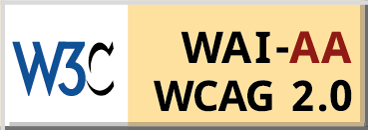South Korean Response to the North Korean Nuclear Test
The testing of a nuclear device by North Korea (hereafter the Democratic People’s Republic of Korea – DPRK) on October 9 has brought to the fore South Korea’s (hereafter the Republic of Korea – ROK) measured and considered response calibrated in such a manner as to force the DPRK to return to the negotiating table. The DPRK conducted its nuclear test even as the ROK President, Roh Moo-hyun was presiding over an emergency cabinet meeting called to discuss DPRKs preparations for a nuclear test.
- Raviprasad Narayanan |
- October 2006 |
- Strategic Analysis




